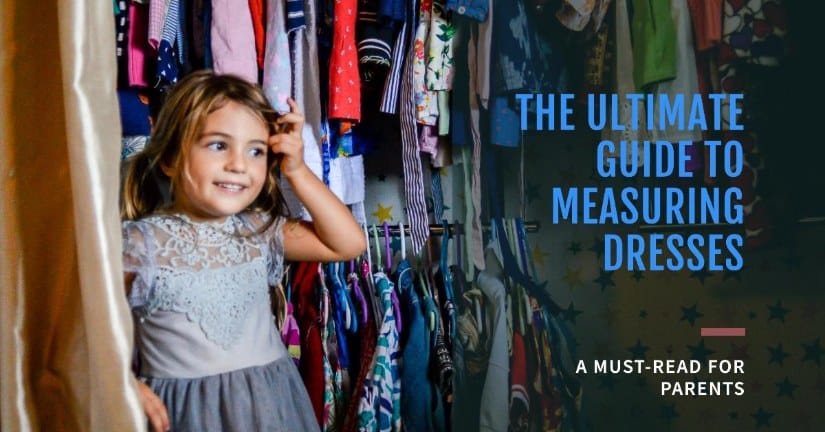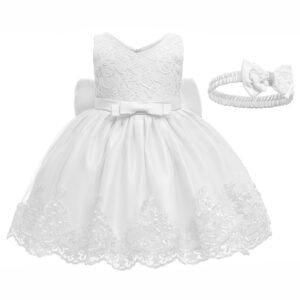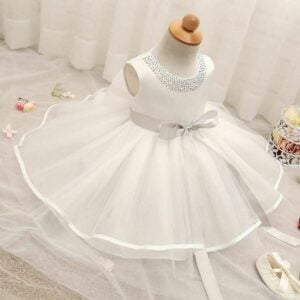Why Accurate Dress Measurements Matter for Parents
As a parent, finding the perfect dress for your child can often feel like a daunting task. Whether you’re shopping online or sewing a dress from scratch, getting the right size and fit is crucial. Dresses that are too tight can be uncomfortable, while dresses that are too loose may not look as polished as you’d like. This is why understanding how to measure a dress properly is essential. With the right measurements, you can ensure a comfortable fit and avoid the hassle of returns or alterations. Knowing how to measure your child or yourself for a dress will save time, effort, and money, ensuring that every purchase or tailoring project turns out just right. In this guide, we’ll walk you through everything from measuring busts to calculating hem length, making it easier than ever for parents to master dress measurements.
On This Page
Key Takeaways
| Aspect | Details |
|---|---|
| Essential Tools | Measuring tape, fitted undergarments, mirror, notebook/smartphone |
| Basic Measurements | Bust, waist, hips, length |
| Additional Measurements | Sleeve length, shoulder width, neckline to waist |
| Tips for Accuracy | Measure twice, don’t pull tape too tight, stand naturally |
| When to Consider Tailoring | Between sizes, unique body shape, special occasions |
The Essential Tools You’ll Need for Measuring Dresses
Before diving into the process of measuring a dress, it’s important to gather the right tools. Having the proper equipment will make the process smoother and more accurate, ensuring you capture precise measurements for the perfect fit. Here’s a quick checklist of what you’ll need:
- Measuring Tape: The most important tool! A flexible measuring tape is essential for measuring curved areas like busts and waists.
- Flat Surface: Lay the dress on a flat surface, like a table or floor, to get accurate flat measurements.
- Chalk or Fabric Marker: For marking hem lengths or adjustments directly on the fabric.
- Mirror: If you’re measuring yourself or a child, a full-length mirror can help you check alignment and placement of the tape.
- Pins: Useful for temporarily holding fabric in place when you’re hemming or making adjustments.
- Ruler or Yardstick: For more exact measurements, especially when working with hems and seams.
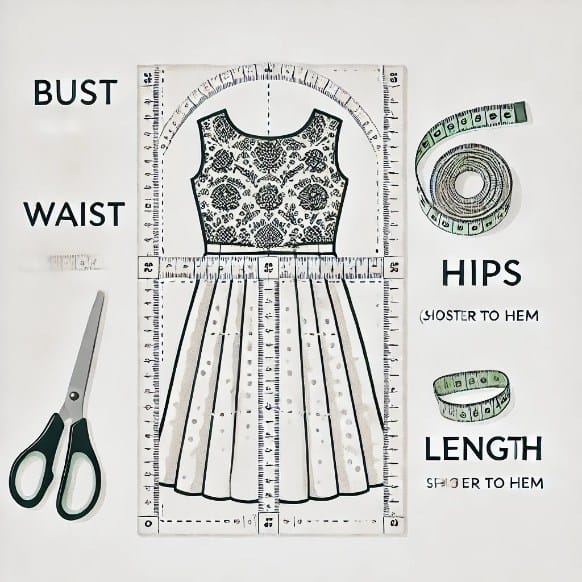
Taking a few extra moments to gather these tools will make the entire process much more efficient. Plus, having the right setup means you’re less likely to make errors or need adjustments later on.
Step-by-Step: How to Measure a Dress Correctly
Now that you’re equipped with the tools, it’s time to learn how to measure a dress accurately. Whether you’re buying online or creating custom dresses, getting these measurements right is essential for a well-fitting dress. Below, we’ll break down each measurement step by step.
Do You Double Flat Measurements?
One common question that arises when measuring a dress laid flat is whether you should double the measurement. The answer is yes, for most parts of the dress. When you lay a dress flat, you’re only measuring half of its circumference. For example, if you measure the bust flat and get 15 inches, you’ll need to double that to 30 inches to get the full bust measurement.
Do You Double Bust Measurements?
Yes, just like flat measurements, the bust should also be doubled if you are measuring it on a flat surface. To measure the bust, lay the dress flat and stretch the fabric slightly, without distorting its shape. Measure from one armpit seam to the other and double the number to get the full bust size. This is crucial for ensuring the dress fits comfortably around the chest without being too tight or too loose.

How to Measure Yourself for a Dress: Key Measurement Points
To get the most accurate fit, it’s important to know which areas of the body to measure. Here’s a simple guide to the main measurements you’ll need:
- Bust: Measure around the fullest part of the chest, making sure the tape is straight across the back and snug but not tight.
- Waist: Measure around the natural waistline, usually just above the belly button. Keep the tape snug but comfortable.
- Hips: Measure the fullest part of the hips, usually around 7-9 inches below the waistline.
- Length (from shoulder to hem): To get the overall length, start at the shoulder seam and measure down to where the hem should fall. This will vary depending on whether the dress is mini, midi, or maxi length.
These key measurements will help you determine the overall fit of the dress, ensuring comfort and style.
How to Measure and Hem a Dress for the Perfect Fit
Once you’ve taken all the necessary measurements, the next step is ensuring that the dress length is perfect. Whether you’re altering a dress for a better fit or simply ensuring that a newly bought dress is the right length, understanding how to measure and hem is key.
How Do You Measure and Hem a Dress?
To measure and hem a dress, start by determining the desired length. Typically, the length of a dress is measured from the top of the shoulder seam (or neckline, depending on the dress style) down to where the hem should fall. This could be knee-length, midi, or floor-length, depending on the occasion and style preference.
| Fabric Type | Hemming Consideration |
|---|---|
| Cotton | Minimal stretch, easy to hem |
| Silk | Delicate, prone to fraying |
| Knit | Stretchy, requires flexible seam |
| Denim | Thick, may need special needle |
Once you know where the hemline should be, mark it using chalk or fabric markers. This will act as your guide for cutting and sewing. Be sure to account for extra fabric to fold and sew the hem properly—about 1 to 2 inches depending on how deep you want the hem to be.
For parents hemming a child’s dress, make sure to leave a little extra room for growth. You can create an adjustable hem by adding a little more fabric and folding it up, so it can be let down as the child grows.
| Age Group | Height (inches) | Weight (lbs) | Chest (inches) | Waist (inches) | Hips (inches) |
|---|---|---|---|---|---|
| Newborn | 18-21 | 5-8 | 15-16 | 15-16 | 15-16 |
| 3-6 months | 22-24 | 9-13 | 16-17 | 16-17 | 16-17 |
| 6-9 months | 24-27 | 13-17 | 17-18 | 17-18 | 17-18 |
| 9-12 months | 27-30 | 17-22 | 18-19 | 18-19 | 18-19 |
| 12-18 months | 30-32 | 22-27 | 19-20 | 19-20 | 19-20 |
| 18-24 months | 32-34 | 27-30 | 20-21 | 20-21 | 20-21 |
| 2-3 years | 34-37 | 30-34 | 21-22 | 20.5-21.5 | 21-22 |
| 4-5 years | 38-42 | 34-40 | 22-23 | 21.5-22.5 | 23-24 |
| 6-7 years | 43-48 | 40-50 | 24-25 | 22.5-23.5 | 25-26 |
| 8-9 years | 49-52 | 50-65 | 26-27 | 23.5-24.5 | 27-28 |
| 10-11 years | 53-56 | 65-80 | 28-29 | 24.5-25.5 | 29-30 |
| 12-13 years | 57-60 | 80-95 | 30-31 | 25.5-26.5 | 31-32 |
| 14 years | 61-64 | 95-105 | 32-33 | 27-28 | 33-34 |
This size guide provides a general reference for children’s clothing sizes based on age, height, weight, and key body measurements.
Where Do You Hem a Dress Length?
The placement of the hem depends on the style and function of the dress. For everyday wear, most parents opt for a hem that falls just at or above the knee, as it allows for easy movement and comfort for children. However, for formal dresses like flower girl or special occasion dresses, you may want to hem the dress closer to the ankle or floor length.
When hemming a dress for yourself, consider the occasion and personal preference. For formal events, longer hems are more appropriate, whereas casual dresses can have shorter hems. Always make sure to try the dress on (or have your child try it on) before finalising the hem, to ensure it looks and feels right when standing and walking.
How Do I Know My Hem Size?
Figuring out the correct hem size is critical for a balanced, well-tailored dress. To determine hem size, first, measure the current length of the dress and then subtract the length you’d like the dress to be. This will give you an idea of how much fabric needs to be removed or folded under.
For instance, if the dress is currently 40 inches long and you want it to be 36 inches, you’ll need to hem it by 4 inches. Make sure to leave extra fabric for folding under, so the hemline looks neat and professional.
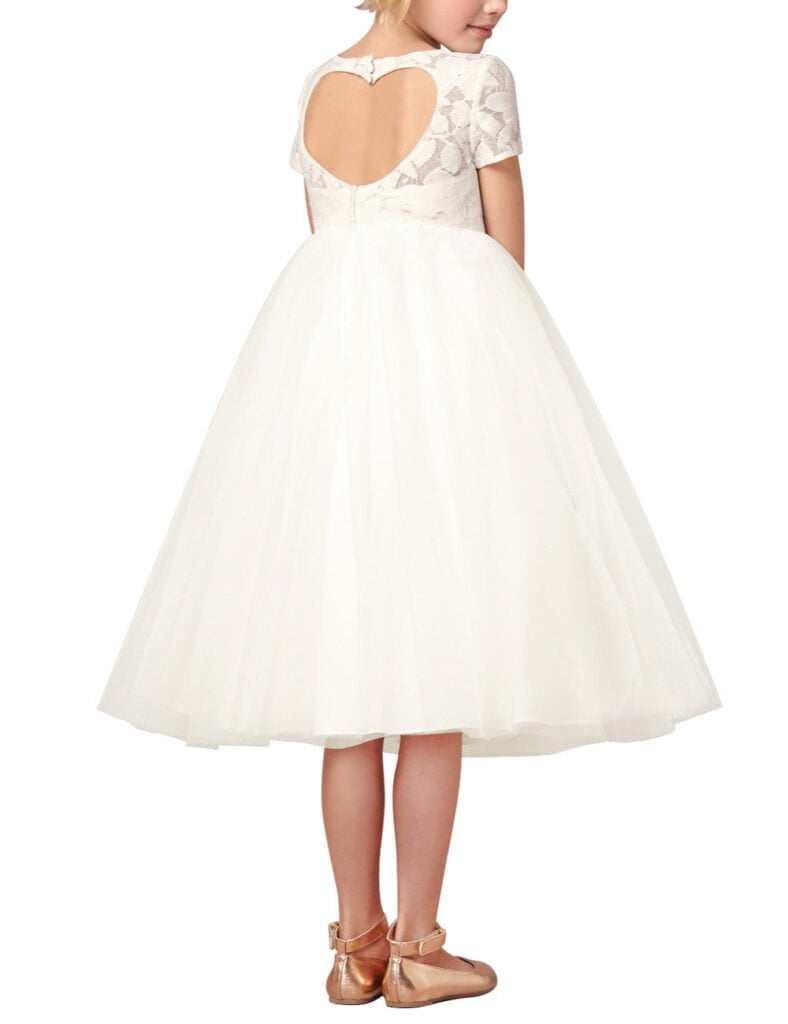
How to Calculate Hem Length Accurately
Accurately calculating the hem length ensures a polished and proportional look for any dress. Here’s a simple guide to follow.
How to Calculate Hem Length: A Simple Math Formula
To calculate the hem length, measure from the top of the shoulder (or waistline, depending on the dress style) to the desired hem point. If you’re working with a floor-length gown, you may need to factor in heel height for a flawless finish.
For instance, if you’re hemming a maxi dress for a child and they will be wearing flats, you would measure from the shoulder down to where the flats will hit the ground, and adjust accordingly.
How Do You Mark a Hem by Yourself?
Marking a hem without assistance can be tricky, but with a few simple tricks, you can do it accurately. Start by standing in front of a full-length mirror while wearing the dress, and use chalk or a fabric marker to indicate the desired length. If possible, place pins at several points around the hemline to ensure it’s even all the way around.
For children’s dresses, you can lay the dress flat on a surface and measure the length with a ruler or yardstick, marking the hem evenly across the fabric. Once everything is marked, you’re ready to cut and sew!
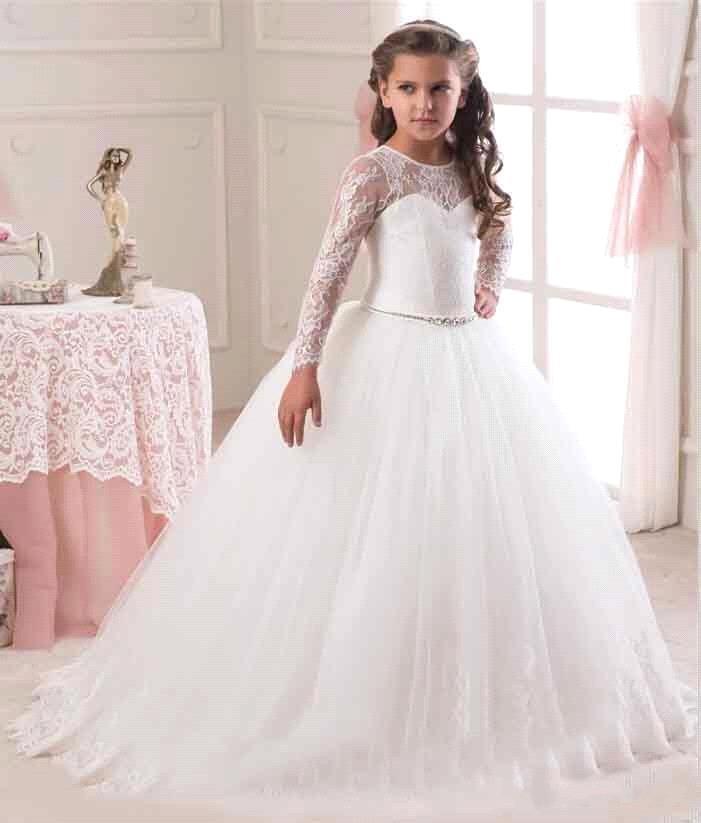
Pro Tips for Parents: Dress Measuring Mistakes to Avoid
Even the most experienced parents can make mistakes when measuring or hemming a dress. Here are a few common pitfalls to avoid:
- Not Adding Seam Allowance: Always add 1–2 inches for seam allowances when cutting fabric to avoid a too-tight fit.
- Measuring Over Clothes: Be sure to take measurements with the person wearing light or form-fitting clothing, as bulky clothes can distort measurements.
- Ignoring Fabric Stretch: When dealing with stretchy fabrics, remember to account for how much the fabric will stretch when worn.
Taking these simple precautions will save you time and frustration and ensure a flawless fit for your dress.
Conclusion: Why Perfect Dress Measurements Make a Big Difference
Knowing how to measure a dress and hem it properly can make all the difference between a dress that fits beautifully and one that just doesn’t feel right. Whether you’re shopping online or making adjustments at home, mastering dress measurements will help you create or buy garments that look great and feel comfortable. Remember to double-check your measurements, account for seam allowances, and always test the fit before making permanent alterations.
FAQs
How do I measure myself for a dress?
To measure yourself for a dress, take the following measurements:
1. Bust: Measure around the fullest part of your chest.
2. Waist: Measure around your natural waistline, typically just above the belly button.
3. Hips: Measure the fullest part of your hips, 7–9 inches below the waist.
4. Length: Measure from the top of your shoulder down to the desired hemline.
How often should I measure myself or my children for clothing?
Adults can measure yearly unless there are significant weight changes. Children should be measured every 3-4 months.
Do you double flat measurements when measuring a dress?
Yes, you should double flat measurements. When you lay a dress flat, you’re only measuring half of its circumference, so doubling the measurement gives you the full size (e.g., for bust or waist).
Do you double bust measurements when measuring a dress?
Yes, if you’re measuring the bust while the dress is laid flat, you need to double the measurement to account for the full bust circumference.
How do I measure and hem a dress at home?
To measure and hem a dress:
1. Determine the desired length and mark it with chalk.
2. Fold the excess fabric under to create a clean hem.
3. Pin the fabric in place and sew along the edge. Remember to leave extra fabric for adjustments and to create a neat finish.
Is it better to hem a dress by hand or machine?
Machine hemming is generally faster and more durable, but hand hemming can provide a nearly invisible finish, especially on delicate fabrics.
How do I know my hem size?
The hemline placement depends on the dress style and occasion. For casual dresses, knee-length is common, while formal dresses might be hemmed at ankle or floor-length. Always try on the dress to ensure the hemline is comfortable and flattering.
How do I mark a hem by myself?
If you’re hemming by yourself, wear the dress and stand in front of a full-length mirror. Use chalk or pins to mark the desired length, ensuring the hem is even all around. You can also measure from the shoulder or waist down and mark accordingly on a flat surface.
How do I calculate hem length?
To calculate hem length, measure from the shoulder or waist down to the point where you want the dress to end. Subtract any excess fabric and leave room for folding under the hem (typically 1–2 inches).
Do you double flat measurements for all parts of a dress?
No, you typically double width measurements (bust, waist, hips) but not length measurements.
What tools do I need to measure a dress properly?
You’ll need a flexible measuring tape, chalk or a fabric marker, pins, a flat surface, a mirror, and a ruler or yardstick for precise measurements. These tools ensure accurate measuring and easy hemming.
How much extra fabric should I allow for a hem?
Generally, allow 1-2 inches for a standard hem, or up to 3 inches for a deeper hem on heavier fabrics.
What common mistakes should I avoid when measuring a dress?
1. Not adding seam allowance: Always add 1–2 inches for seam allowances when cutting.
2. Measuring over bulky clothes: Measure over lightweight or form-fitting clothing for accuracy.
3. Not accounting for fabric stretch: Keep fabric stretch in mind, especially for body-hugging dresses.
Can I trust body measurement apps?
While they can be helpful, it’s best to use them in conjunction with traditional measuring methods for the most accurate results.
Remember, the perfect fit is within your reach – happy measuring!
Have a read about kids clothes

